Fast and Furious. Do you remember that famous film? A lot of beautiful and powerful cars, plenty of action and the thrill of speed in every scene.
Well, there is a place in Emilia Romagna where you can live all this: the Imola “Enzo and Dino Ferrari” racing circuit.
Inaugurated in 1953, in its early days, it was officially called CONI Prototype, but In 1970 he assumed the name of the Dino Ferrari racetrack in memory of the late son of Enzo Ferrari. At his death, in 1988, his name was joined to that of his son bringing the circuit of Imola to today’s name.
A lot of history and a lot of passion has flown along the nearly 5 kilometers of the circuit that lays in the peaceful hills of the lovely town of Imola.

A medieval borough with a very well preserved Fortress, a splendid example of fortified architecture between the Middle Ages and the Renaissance.
Reopened to the public in 1973, it conserves a collection of ceramics and weapons that are offered to the public in their renewed capacity: new showcases, more ample and legible didactic equipment, a different and more rigorous ordering of the pieces.
The circuit of Imola is the only one that runs counterclockwise, which means a more overload for the pilots and more physical effort during the race.
It hosted the Italian Grand Prix of Formula 1 in 1980 and all the twenty-six editions of the Formula 1 Grand Prix of San Marino (from 1981 to 2006). As for the World Championship, all four editions of the Gran Premio Città di Imola (from 1996 to 1999), seven editions of the Italian motorcycle Grand Prix (between 1969 and 1988) and two editions of the San Marino Grand Prix ( in 1981 and 1983). It currently hosts the Superbike World Championship, as well as many other international motorcycling and automobile races. The history of this prestigious circuit dates back in the ‘50s of the last century. And it’s a very curious one since it started from one man, passionate about the motorcycle. His name was Checco Costa.
Checco Costa: the creator of the myth
Checco Costa was a motorcycle enthusiast. He immediately dedicated himself to reviving the motor racing competitions by organizing speed races on the city streets, the only paved at the time. The first city circuit of Imola ran along the following stretches of road.
Another primary objective of Costa was the construction of a permanent motodrome. When he learned that a group of fellow citizens had created a circuit on the first hills of Imola, he enthusiastically threw himself into the project. He personally took care of the design of the curves and their radius and obtained advice from the Touring Experimental Road Institute for paving works.
He succeeded in completing the project of the “auto-motodrome” (as he called it) in a few years: in 1950 the first stone was laid. On 18-19 October 1952, the first technical test was carried out.

Costa kept himself constantly informed about what was happening overseas. In this way, he promoted the superbikes to the public: motorcycles derived from standard motorcycles but equipped with enormous power. Thanks to the information gathered on the famous “200 Miglia di Daytona”, he immediately set to work to create the European version. In addition, he had the idea of organizing a confrontation between Europeans and Americans. American pilots lived in “splendid isolation” and had no contact with the European motoring world. Costa had the merit of convincing the world’s top drivers to confront each other. Not loving the plane, he met the American pilots in their European stage and managed to start the first contacts. Costa was the first to succeed in putting together the best of world motorsport. Thus the 200 Miles of Imola was born.
The first winner was Paul Smart on Ducati. Checco Costa wanted adequate medical assistance and cutting edge compared to all previous national and international organizations. He entrusted the demanding task to his son Claudio Costa, who graduated in medicine in 1967, who on the occasion made his debut as a doctor for pilots. Claudio was assisted by the doctors Giancarlo Caroli, resuscitator of the Rizzoli Institute of Bologna, and Giuseppe Russo. The competition immediately gained great success and in a few years became an obligatory appointment for all the pilots of the time. The public participated en masse: several editions recorded over 150,000 presences.
The circuit nowadays: enjoying the speed
The circuit is living a new full life thanks to the activities you can do here. The new museum opened in 2013 will surprise you: a very well equipped area with simulation machines to live the plenty experience of a race, some memorabilia that tells the history of the circuit through its most famous champions and some more important will come in this year.
Moreover, the circuit is still open for private and public events: you can hire the circuit for your own personal race to live the emotion of the speed and set your personal records. Or you can assist to some of the international races and be a part of the show.
The circuit and the town surely worth a one day visit!
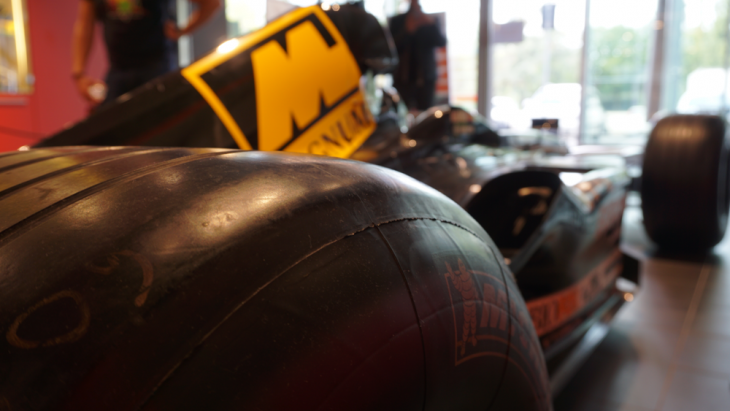

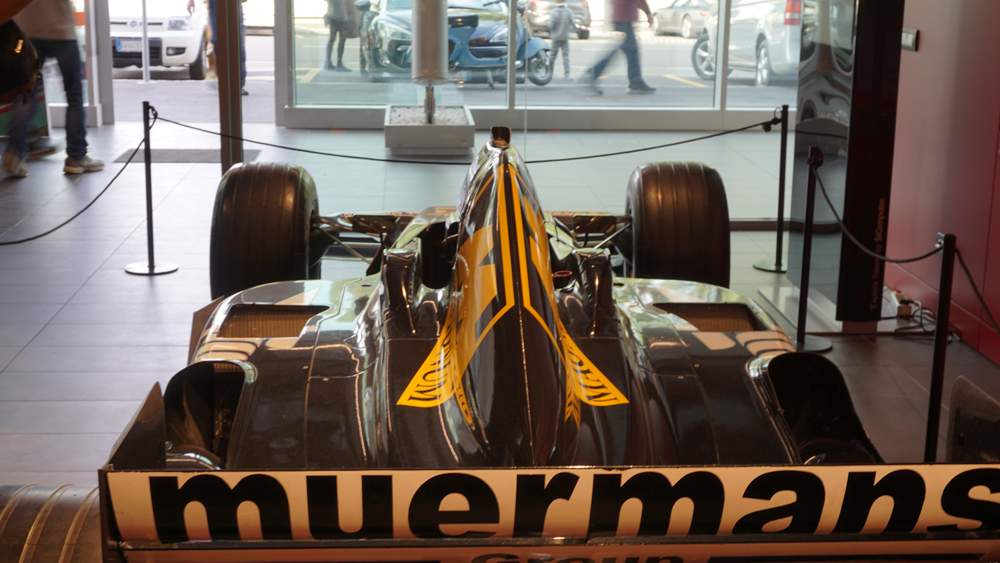
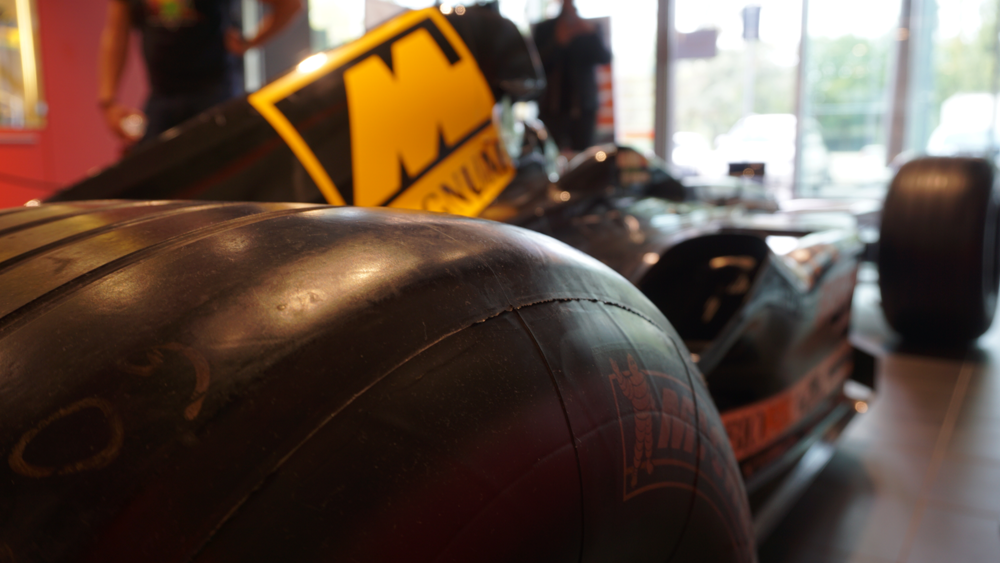
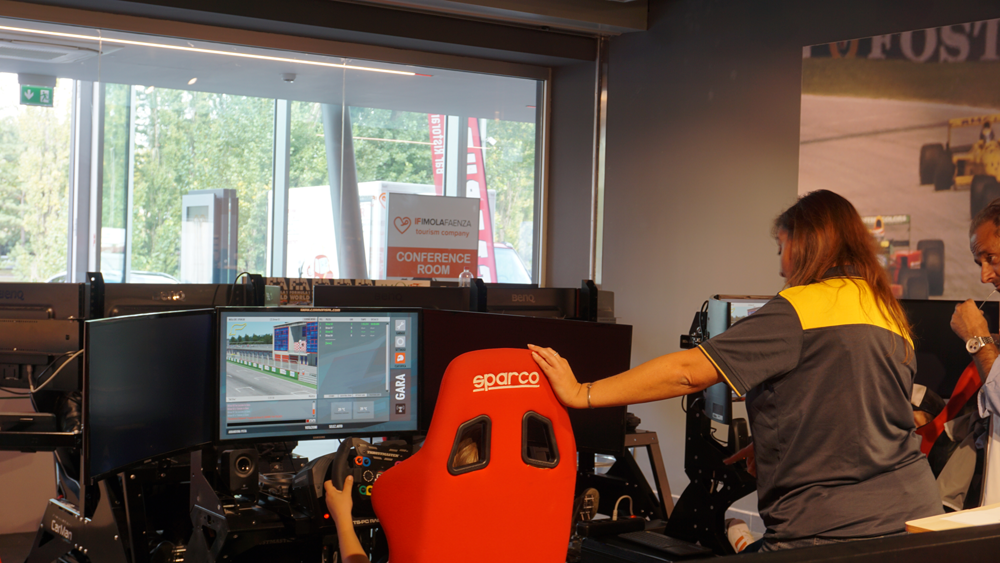
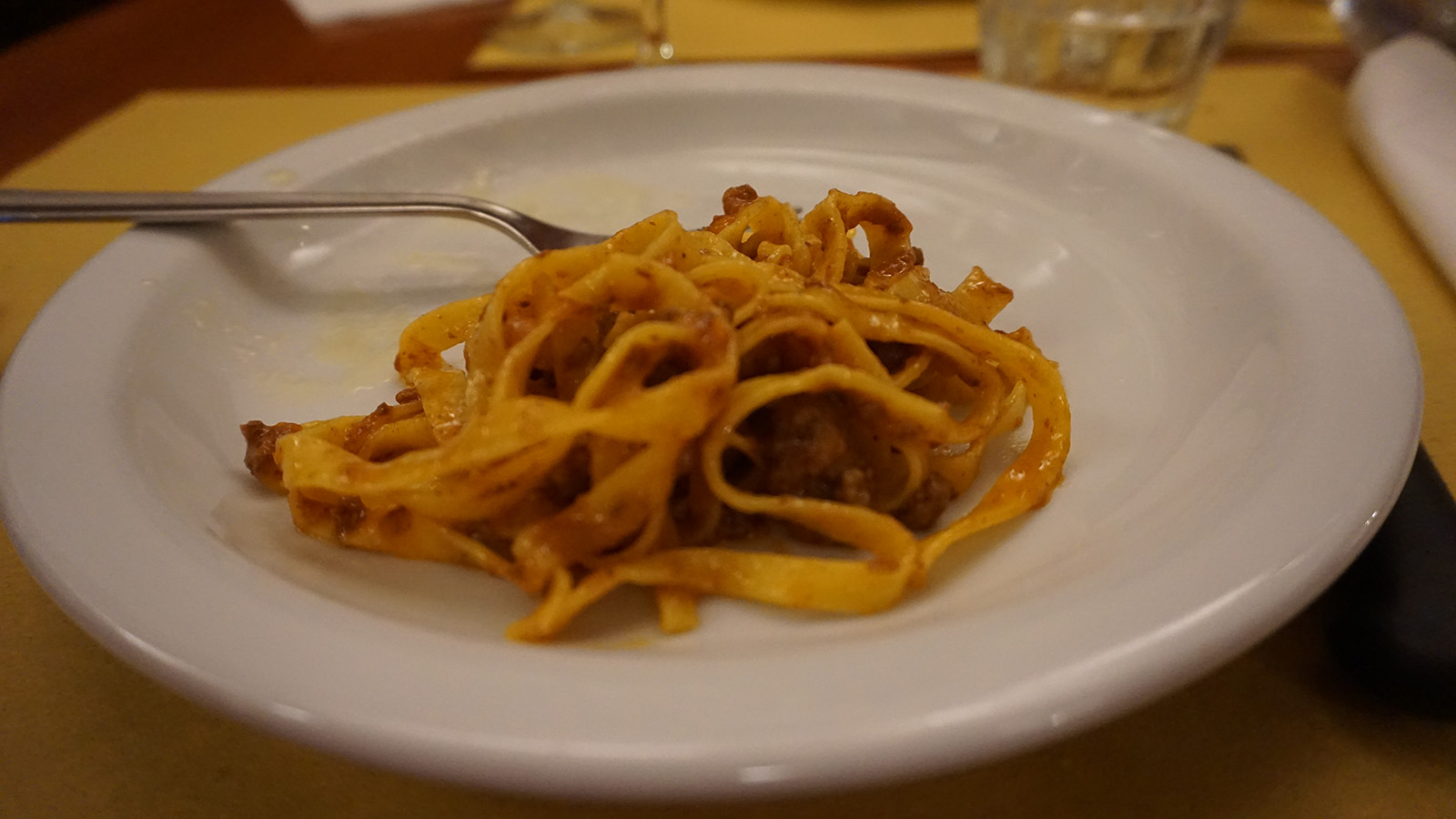
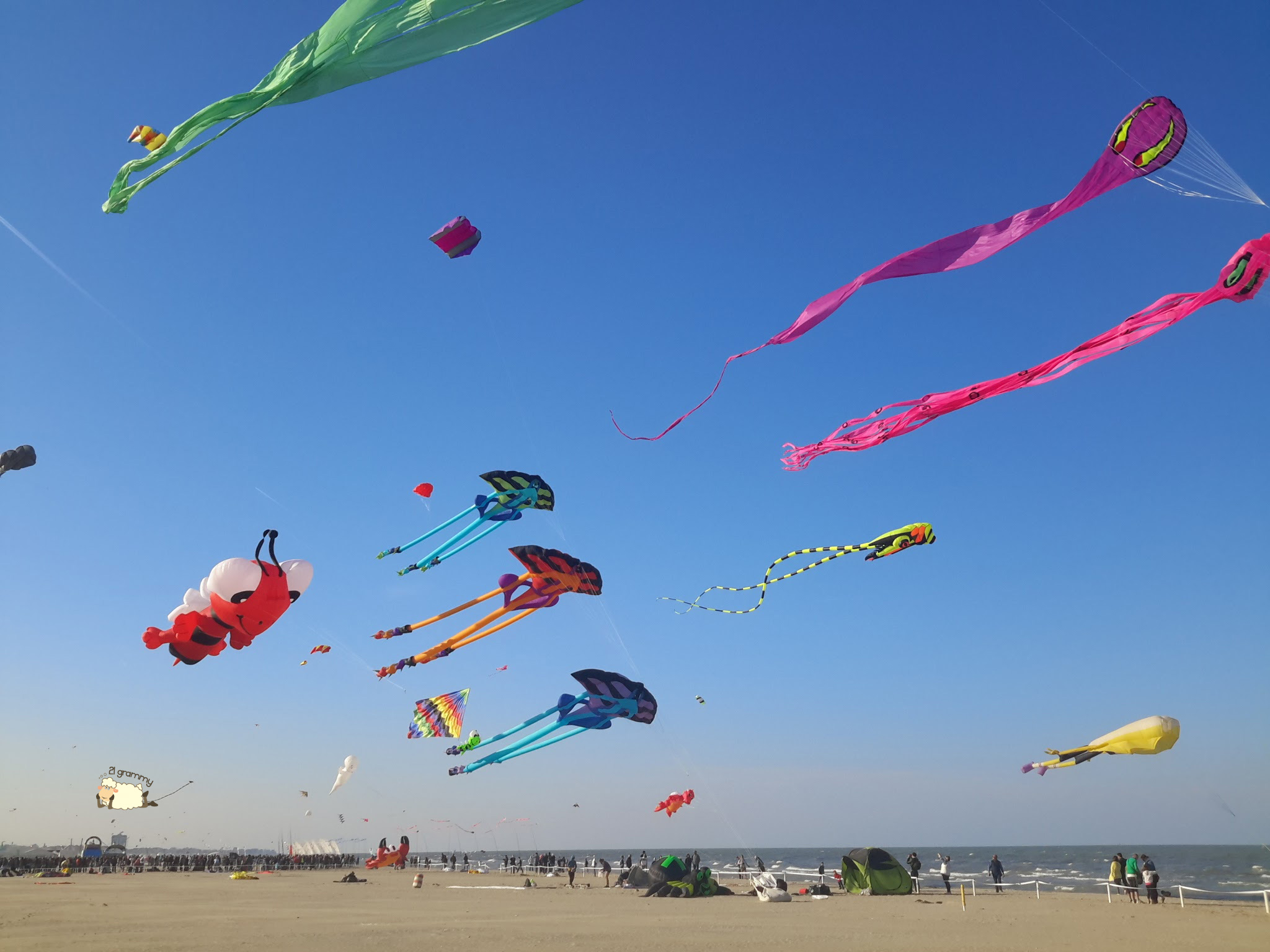
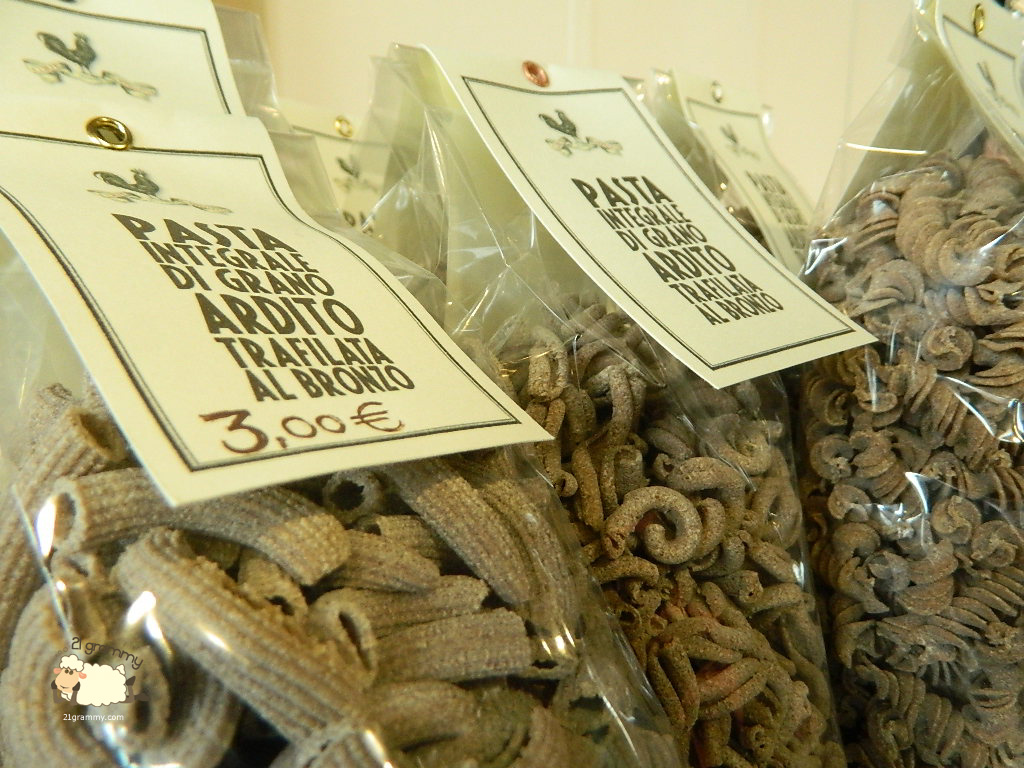
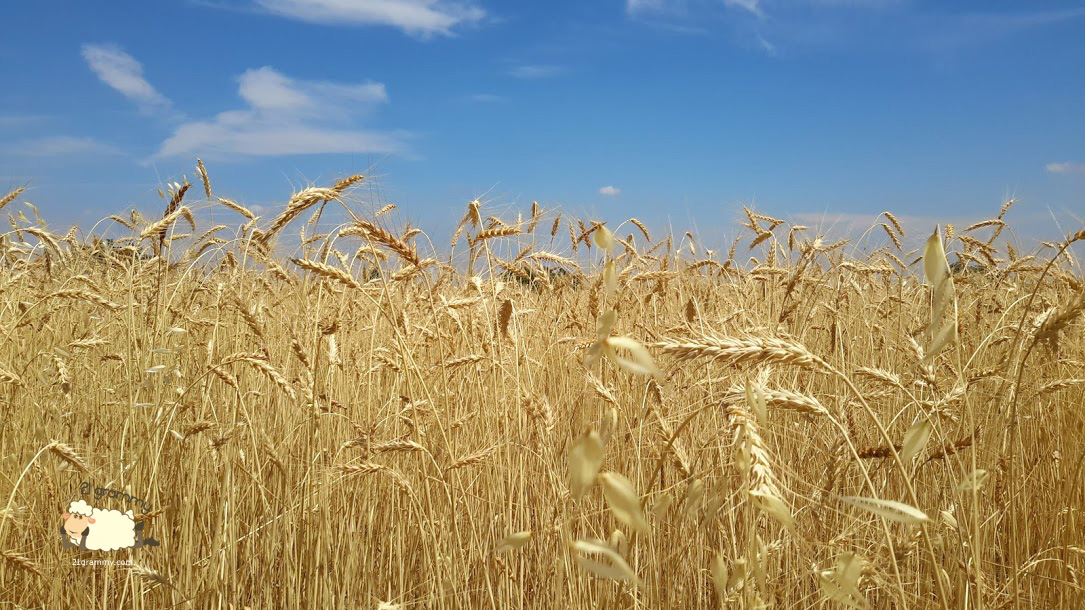


Lascia un commento